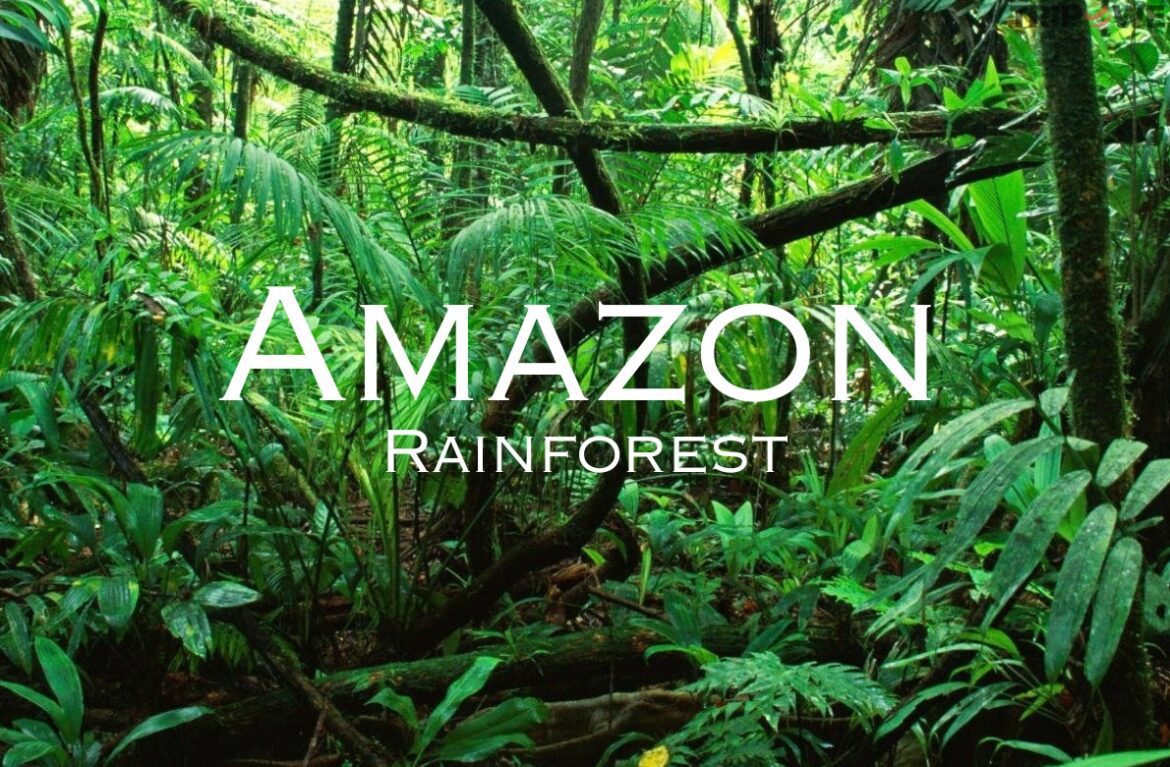Unveiling the Amazon Rainforest: A Journey Through the Heart of the Jungle
Introduction to Amazon Rainforest
The Amazon Rainforest is one of the most diverse and complex ecosystems on the planet, covering an area of over 7 million square kilometers across eight countries in South America. It is home to an estimated 30 million species of plants and animals, many of which are yet to be discovered. In this blog, we will explore the wonders of the Amazon forest and the importance of preserving this unique ecosystem.
Why Amazon Rainforest called Lungs of Earth?
The Amazon Forest is often referred to as the “lungs of the Earth” due to its vast capacity for absorbing carbon dioxide and producing oxygen. It plays a crucial role in regulating the Earth’s climate and is considered to be one of the most important ecosystems on the planet.
Amazing facts related to the Amazon Forest
Here are 5 Amazing facts related to the Amazon Forest:
- The Amazon rainforest covers an enormous 6.7 million square kilometers, making it the world’s largest tropical rainforest
- The Amazon is home to an estimated 10% of known species on Earth, showcasing its incredible biodiversity
- More than 20% of the world’s oxygen is produced by the Amazon rainforest, highlighting its crucial role in regulating the Earth’s atmosphere
- The Amazon rainforest contains over 3,000 fruits, yet only around 200 of them are consumed in the western world, demonstrating the vast untapped potential of this ecosystem
- The Amazon is home to an estimated 30% of the world’s species, with new species being discovered on average every three days, showcasing the incredible diversity of life in this region
These facts shed light on the immense importance and uniqueness of the Amazon rainforest as a vital ecosystem on our planet.
key points Of Amazon Rainforest Dynamics:
- Formation of the Amazon Basin: The Amazon River Basin is the largest tropical rainforest in the world, covering an area of 2,400,000 square miles (6 million square kilometers) and spanning nine countries
- Geological History: The Amazon basin was formed by the movement of tectonic plates, volcanic activity, and the uplift of the Andes Mountains.
- Climate and Geography: The Amazon basin is divided into three main zones: the lowlands, the transition zone, and the tropical Andes…The lowlands lie within the nine countries that share the Amazon basin and are mostly flat plains with vast areas of trees and species…The transition zone is where the lowlands meet the slope of the Andes Mountains, and the tropical Andes cover 1.5% of the basin, mainly in Venezuela, Ecuador, Colombia, Bolivia, and Peru
- River Flow Dynamics: The Amazon river basin is the largest tropical rainforest in the world, covering an area of 2,400,000 square miles and spanning nine countries
- Deforestation: The Amazon has lost at least 17% of its forest cover in the last half-century, with the economic transformation of the Amazon based on the conversion and degradation of its natural habitat.
CHECKOUT THIS ONE MORE GATEWAY TO SOUTH AMERICA
CHECK THE VIDEOS ON YOUTUBE ALSO

